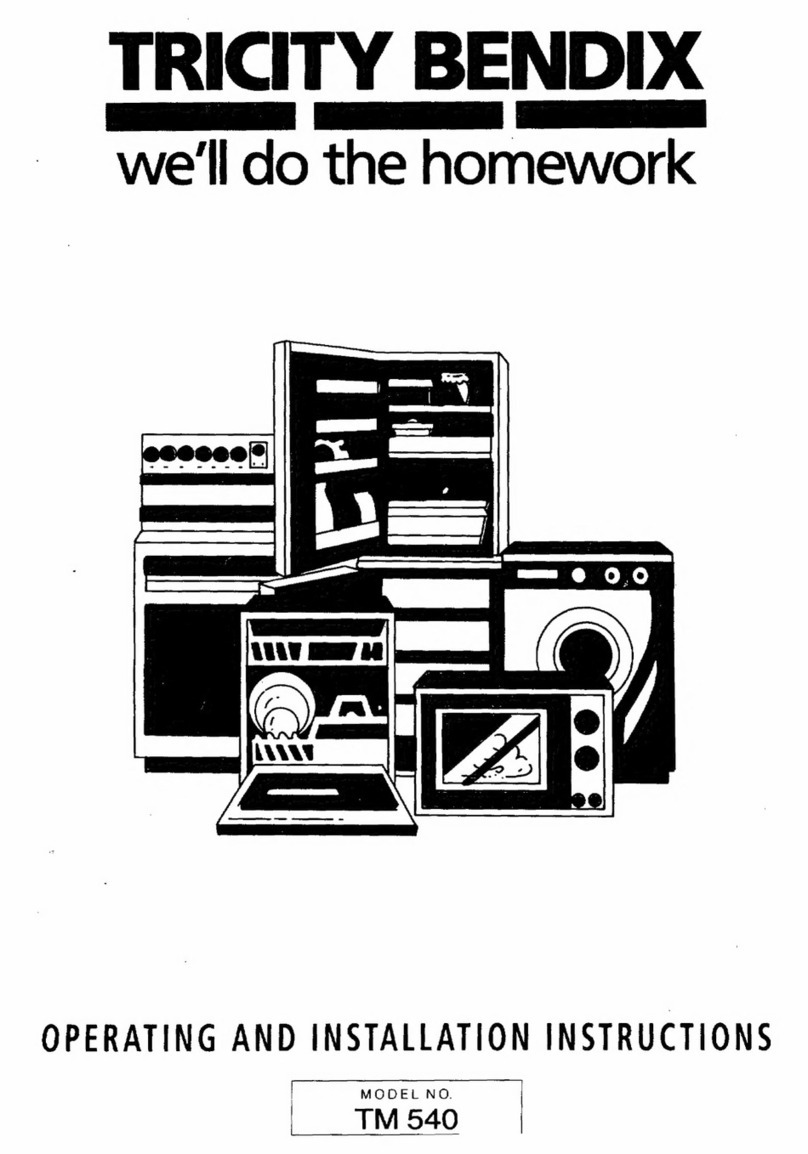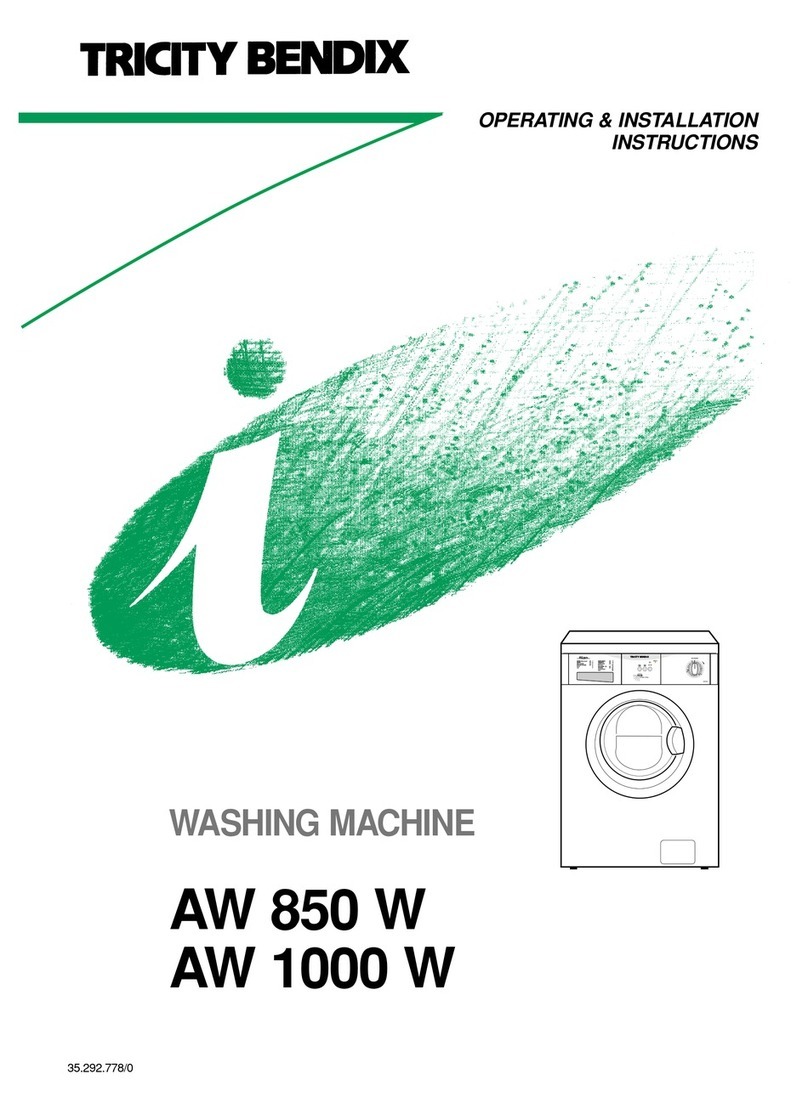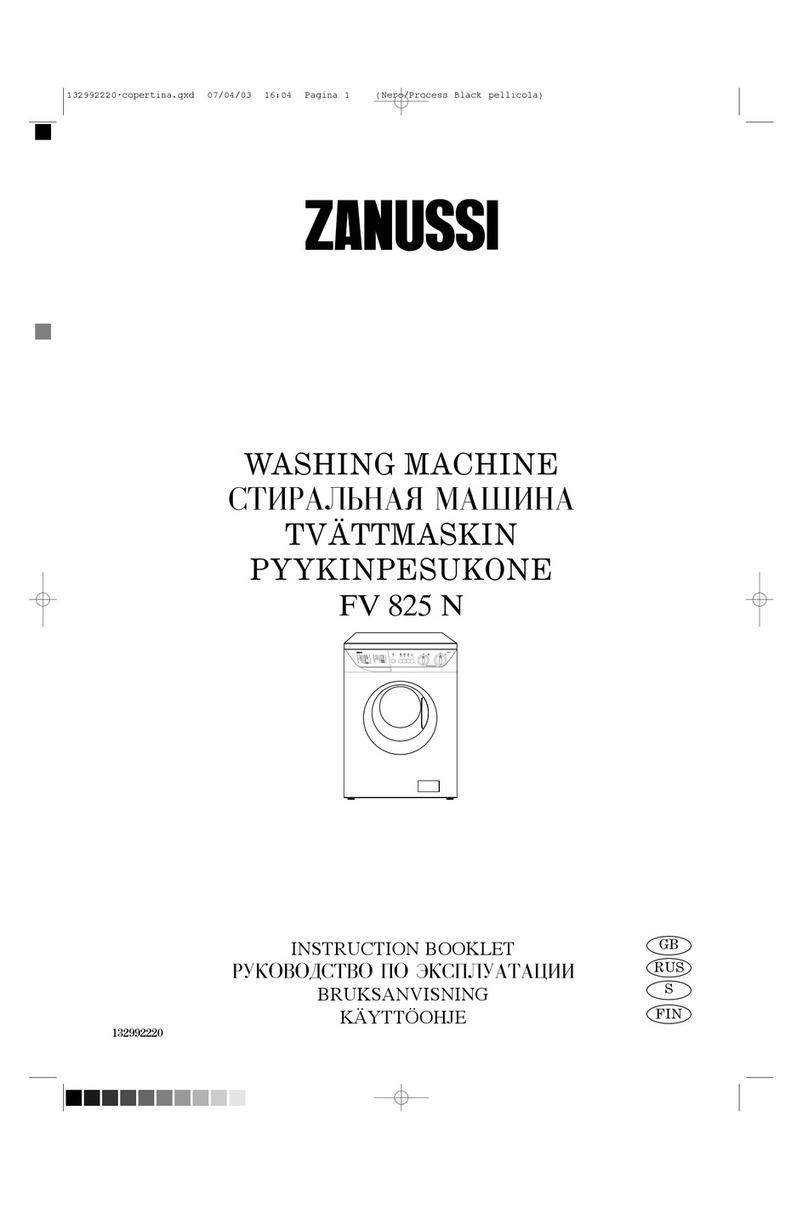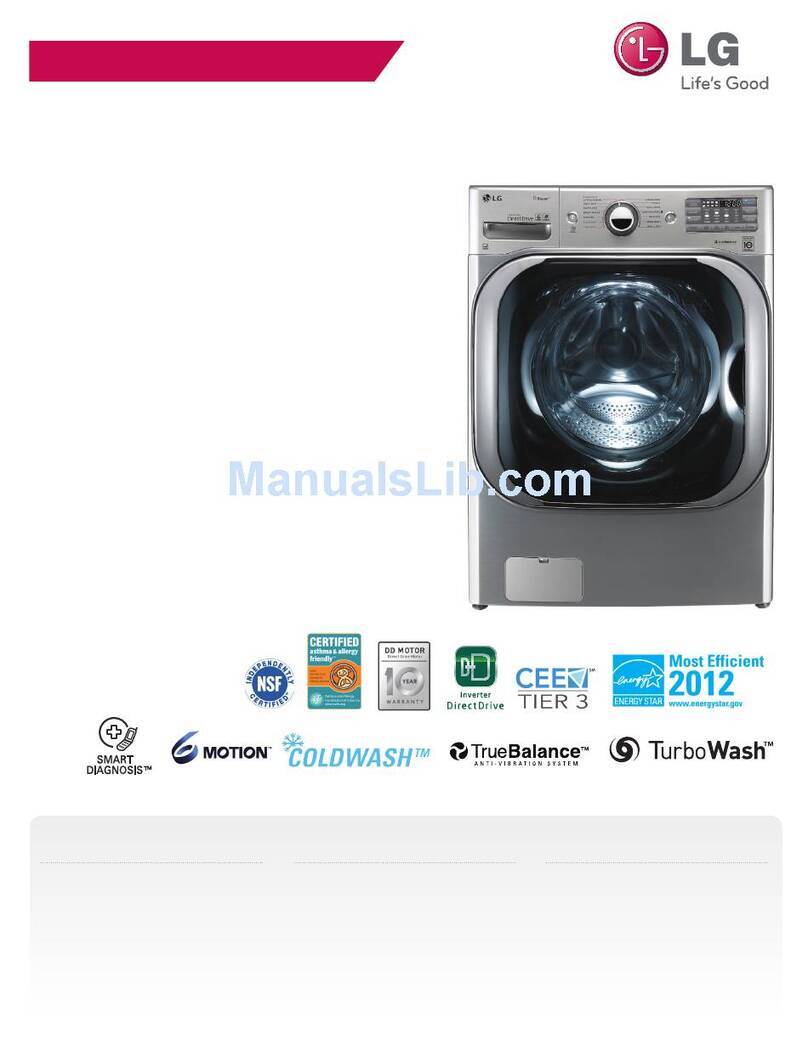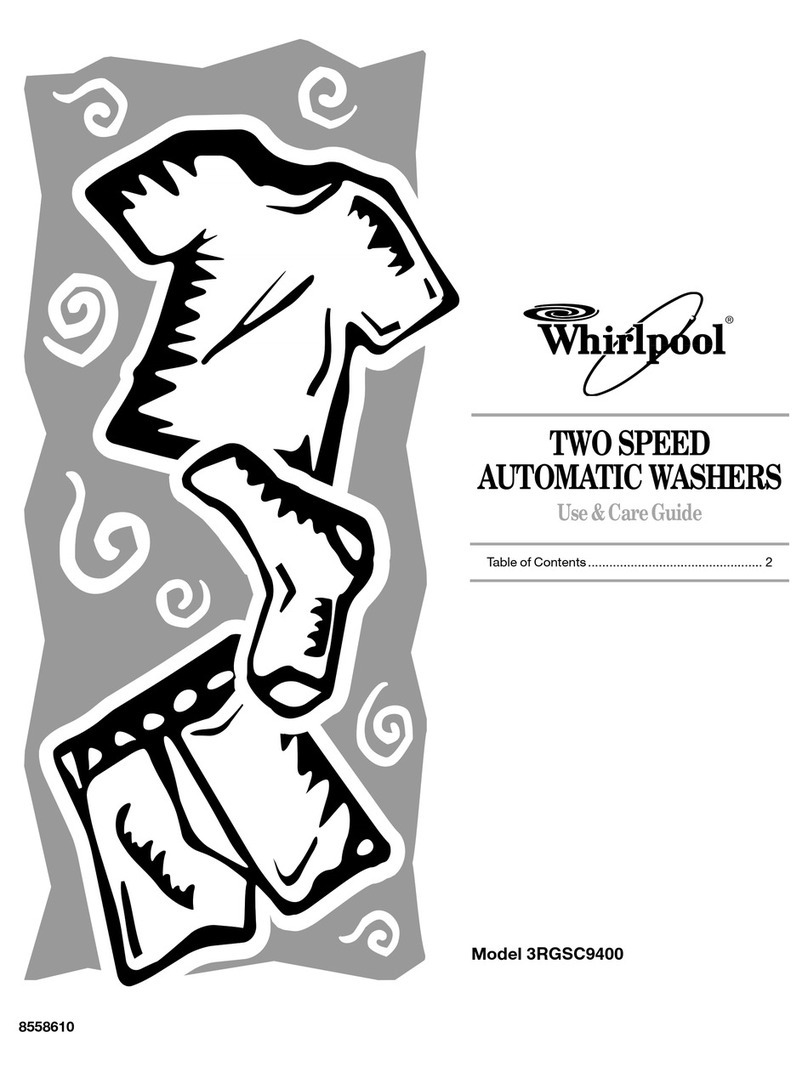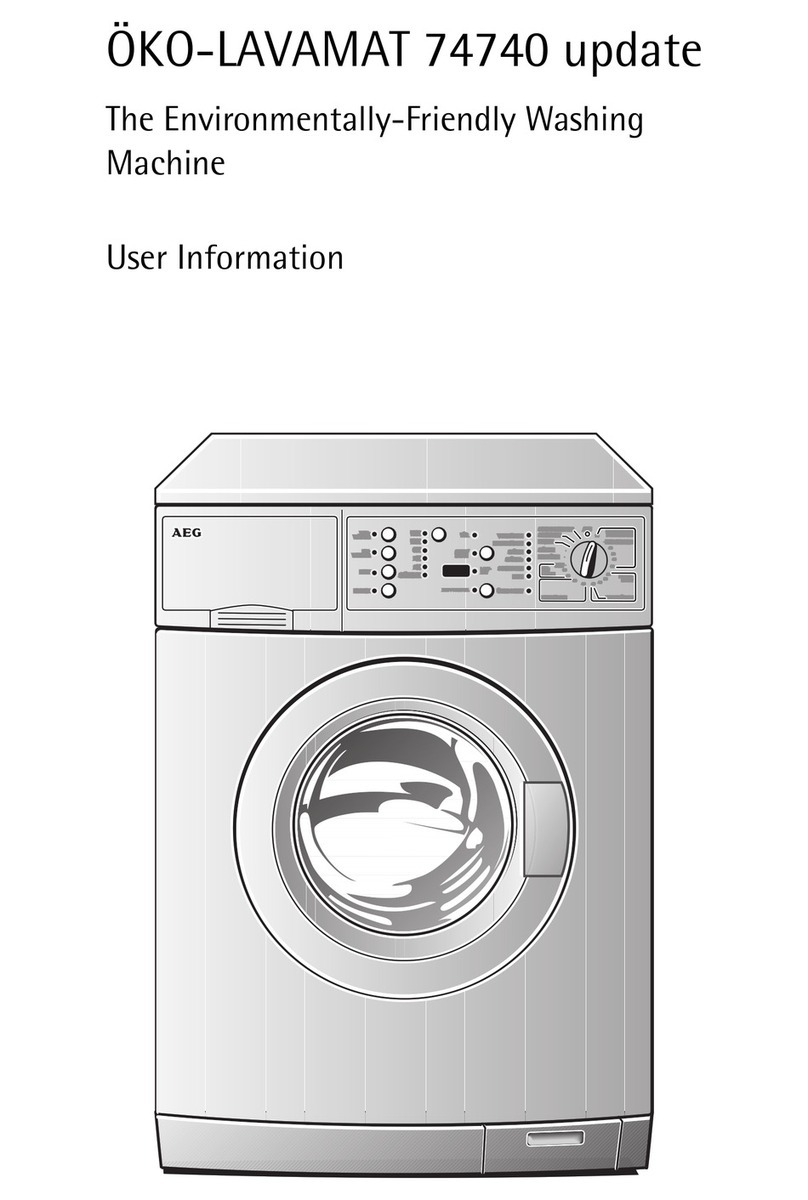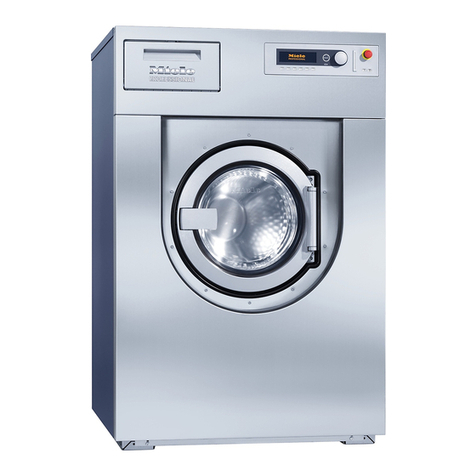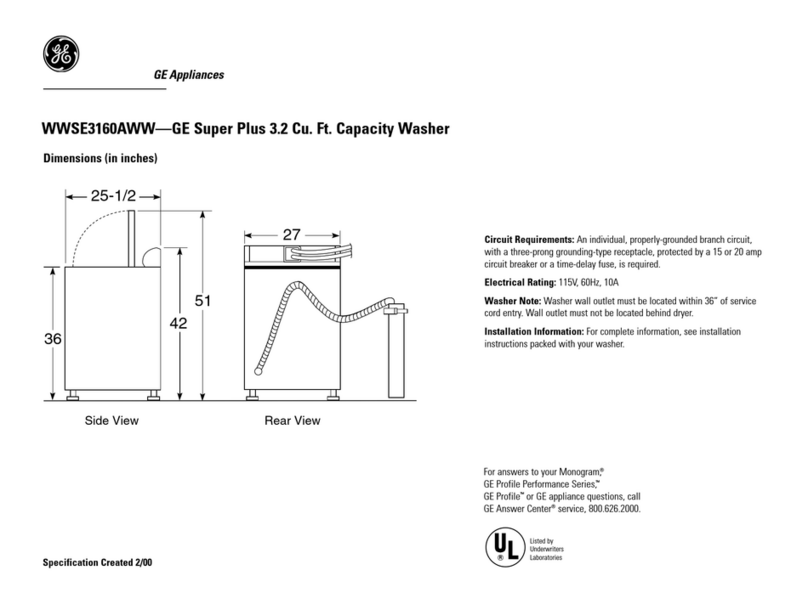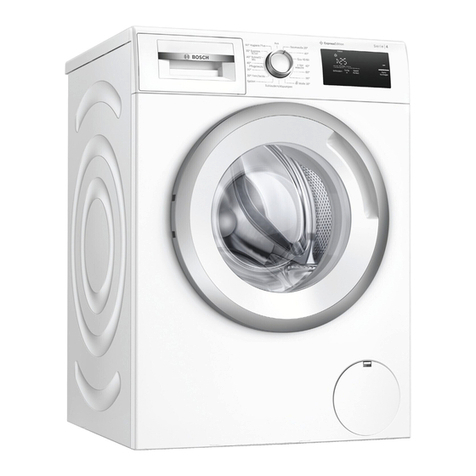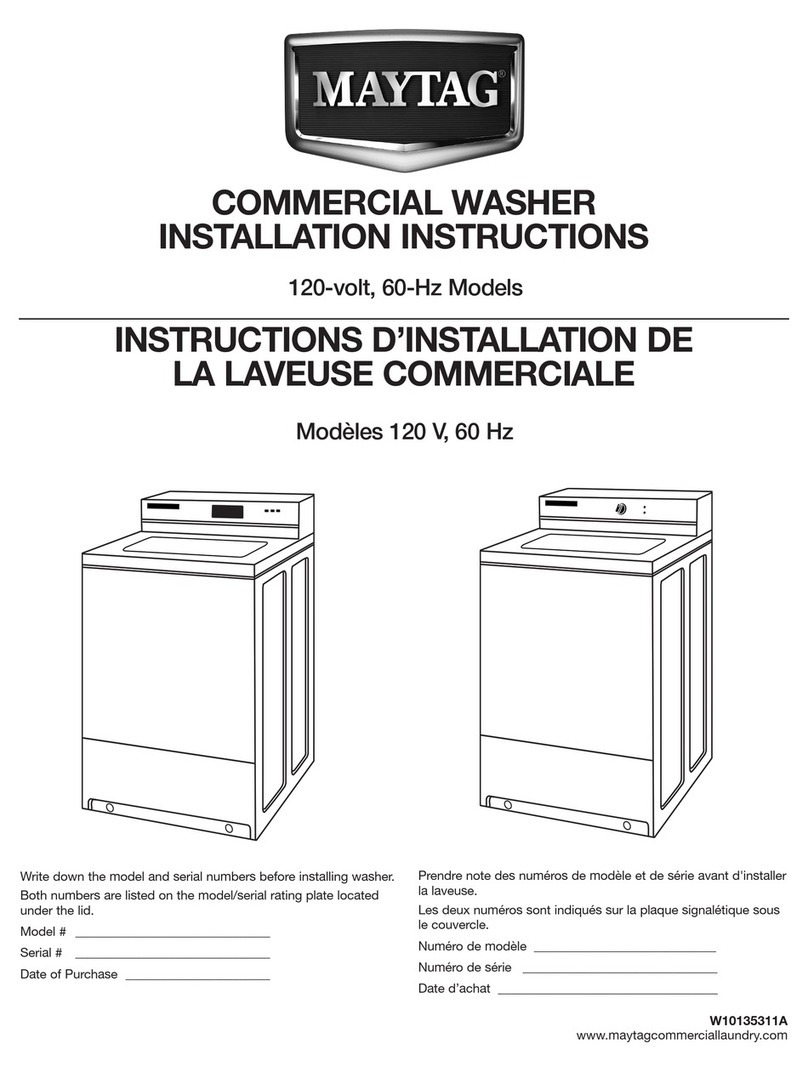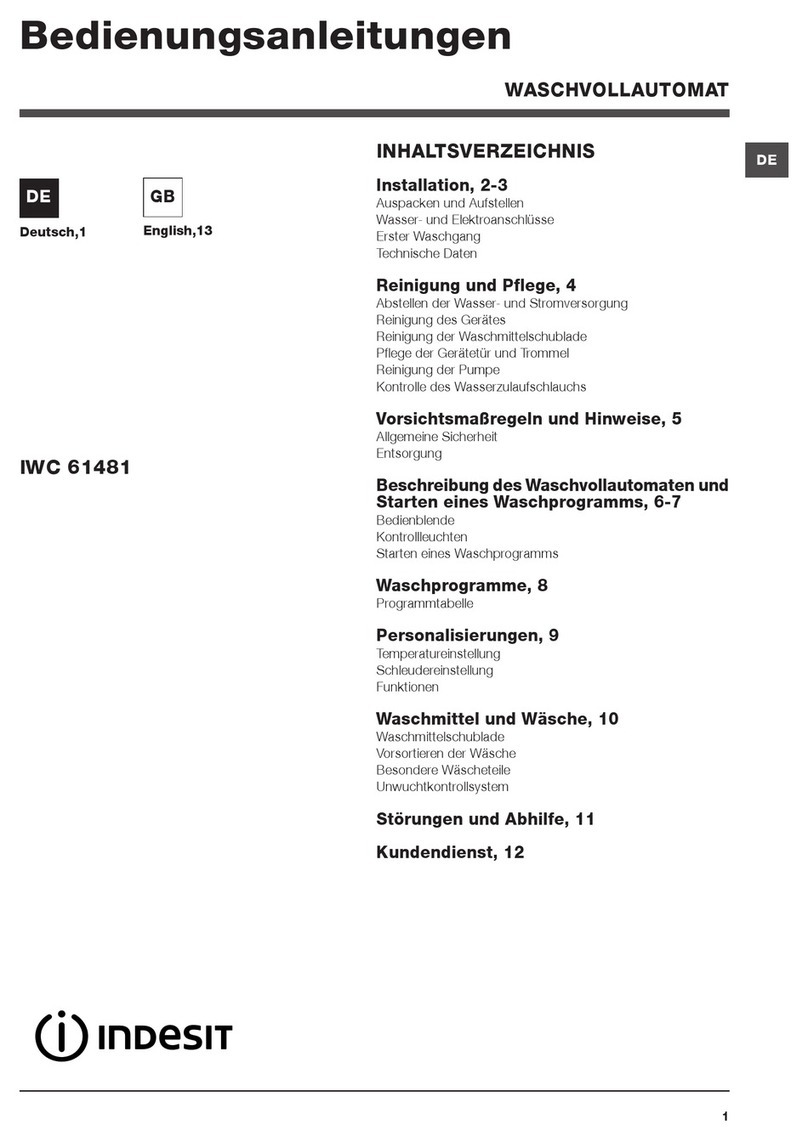Tricity Bendix CAW 800 User manual
Other Tricity Bendix Washer manuals
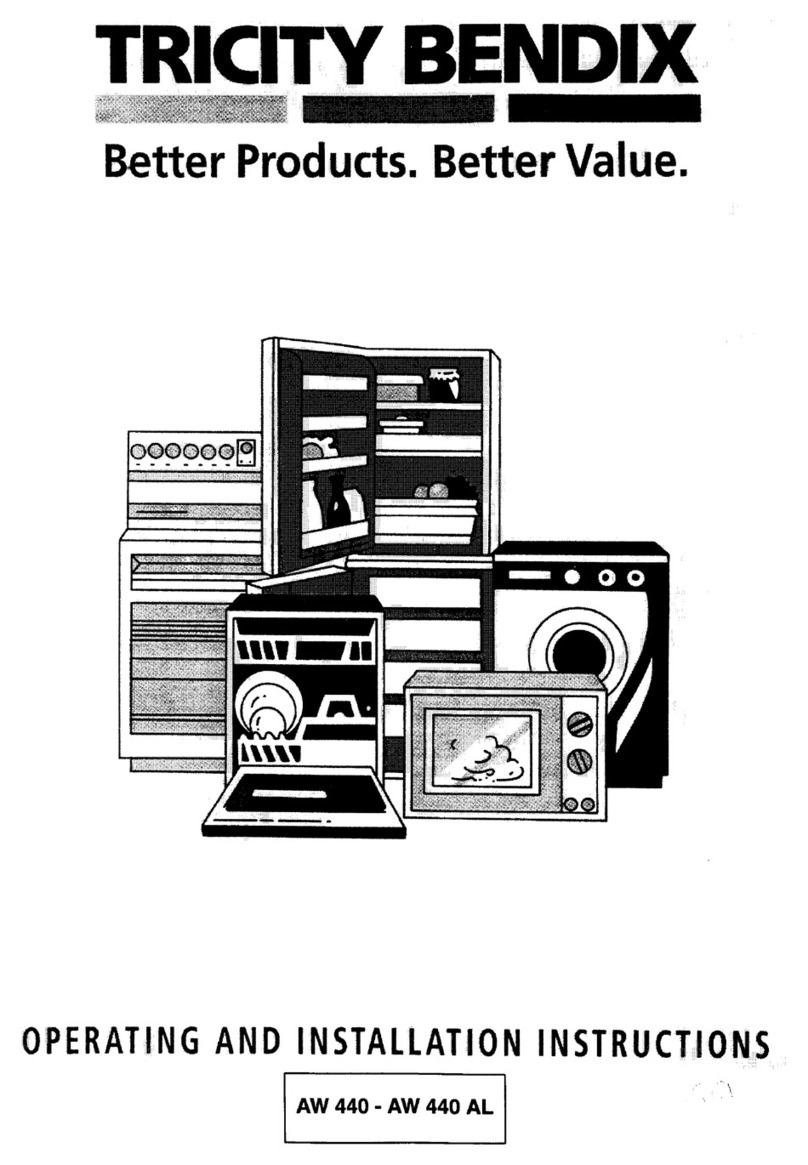
Tricity Bendix
Tricity Bendix AW 440 AL User manual

Tricity Bendix
Tricity Bendix AW 460 Specification sheet
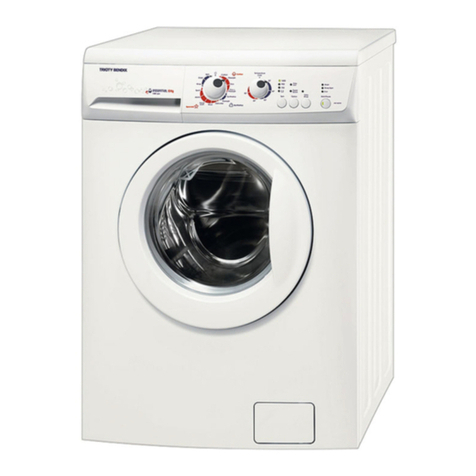
Tricity Bendix
Tricity Bendix AW 1402 W User manual
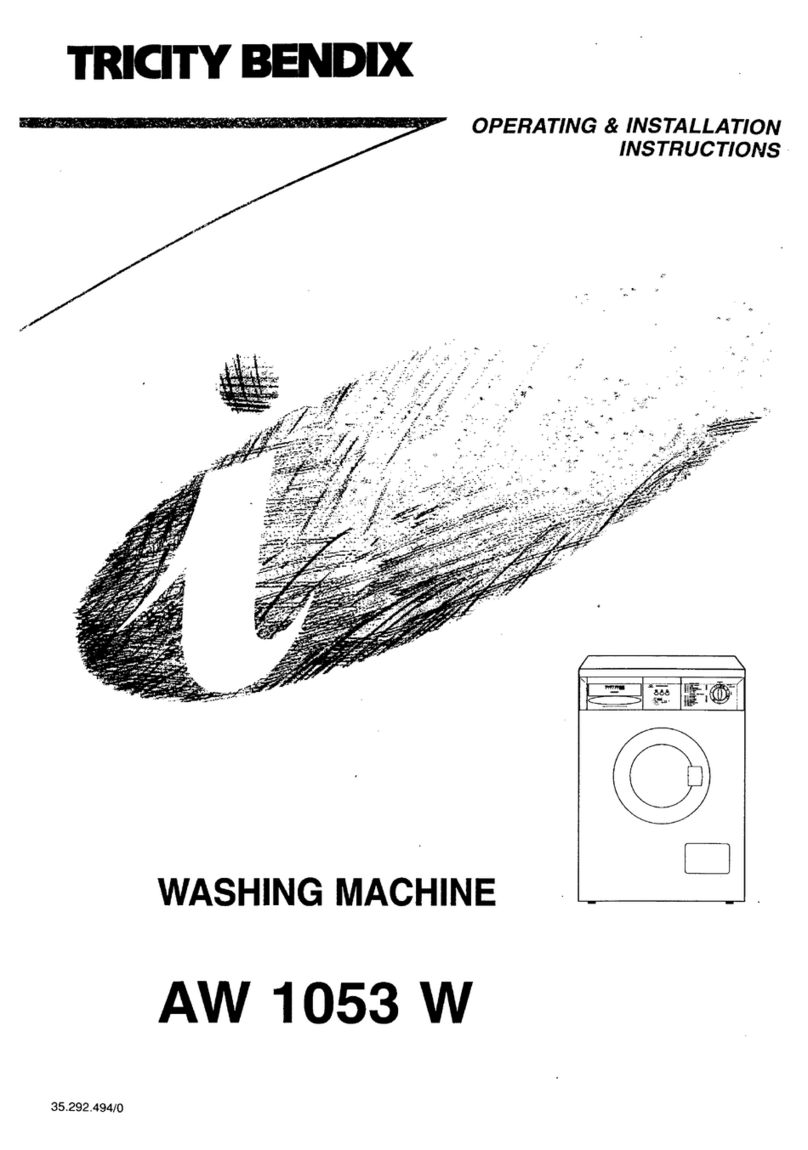
Tricity Bendix
Tricity Bendix AW1053W Assembly instructions

Tricity Bendix
Tricity Bendix AW 1460 W Product guide

Tricity Bendix
Tricity Bendix BA 450 Product guide

Tricity Bendix
Tricity Bendix AW 440 User manual
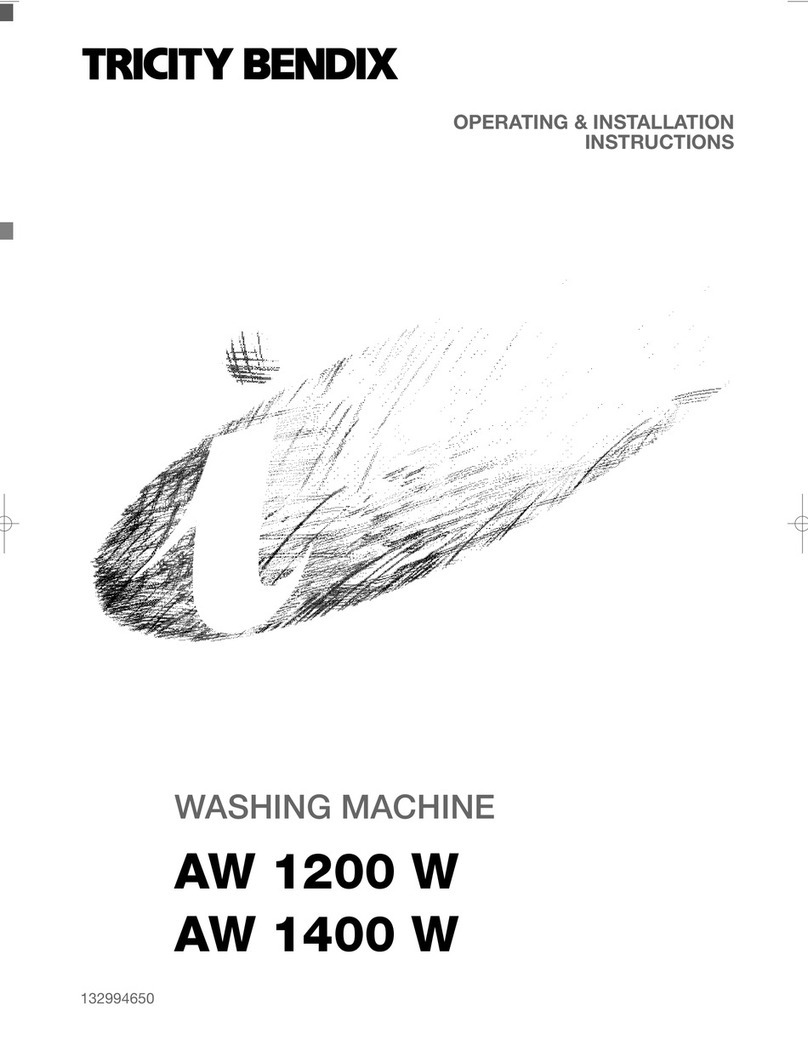
Tricity Bendix
Tricity Bendix AW 1200 W Product guide

Tricity Bendix
Tricity Bendix AW871 User manual
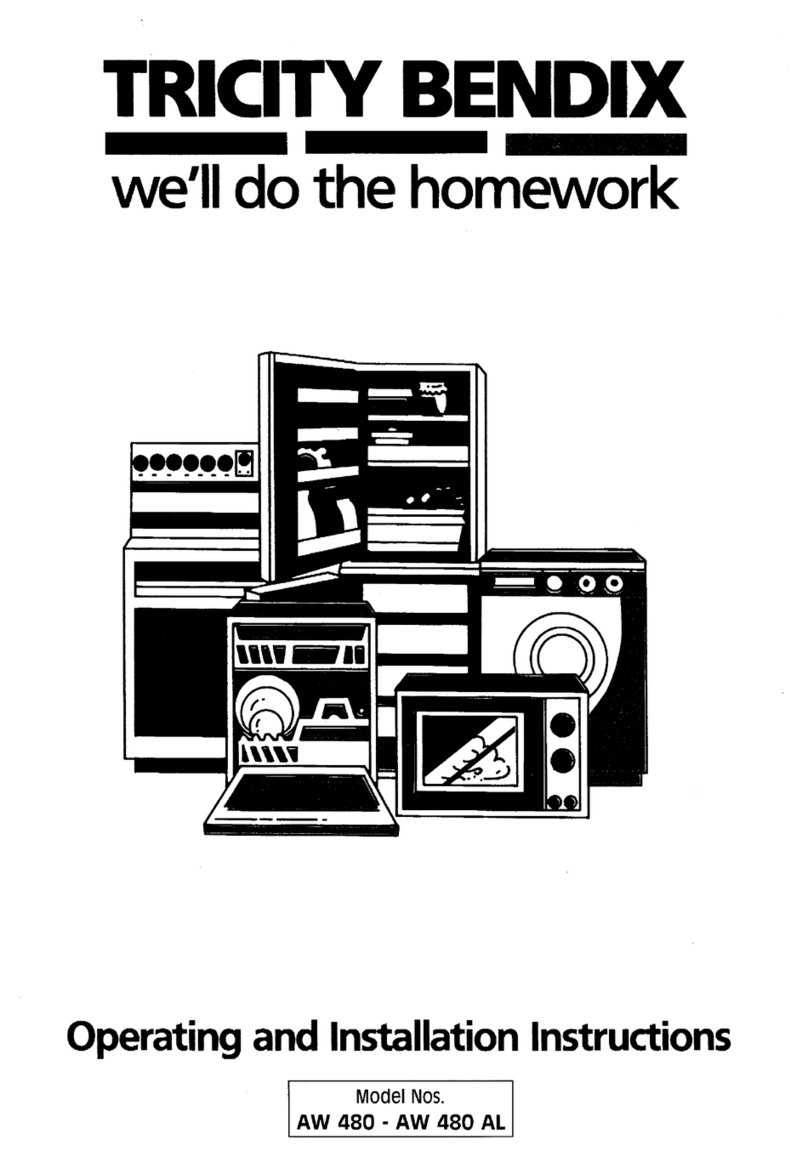
Tricity Bendix
Tricity Bendix AW 480 AL User manual

Tricity Bendix
Tricity Bendix AW850 User manual
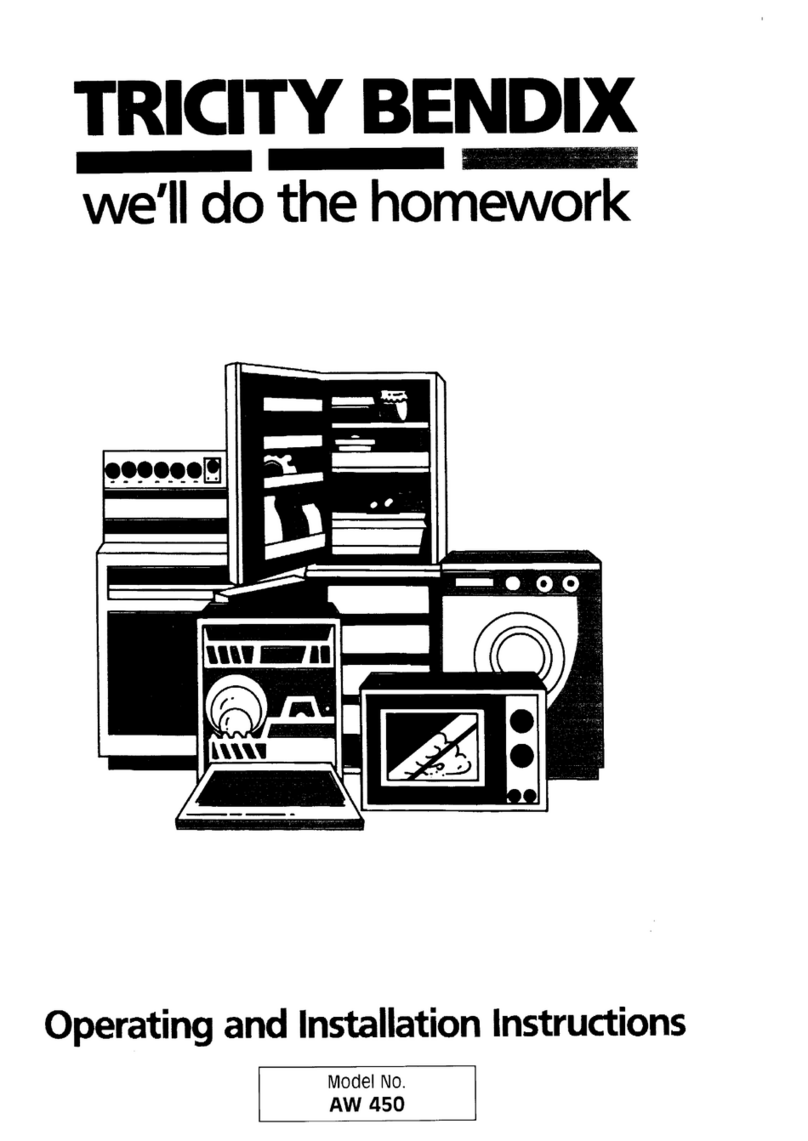
Tricity Bendix
Tricity Bendix AW450 Specification sheet
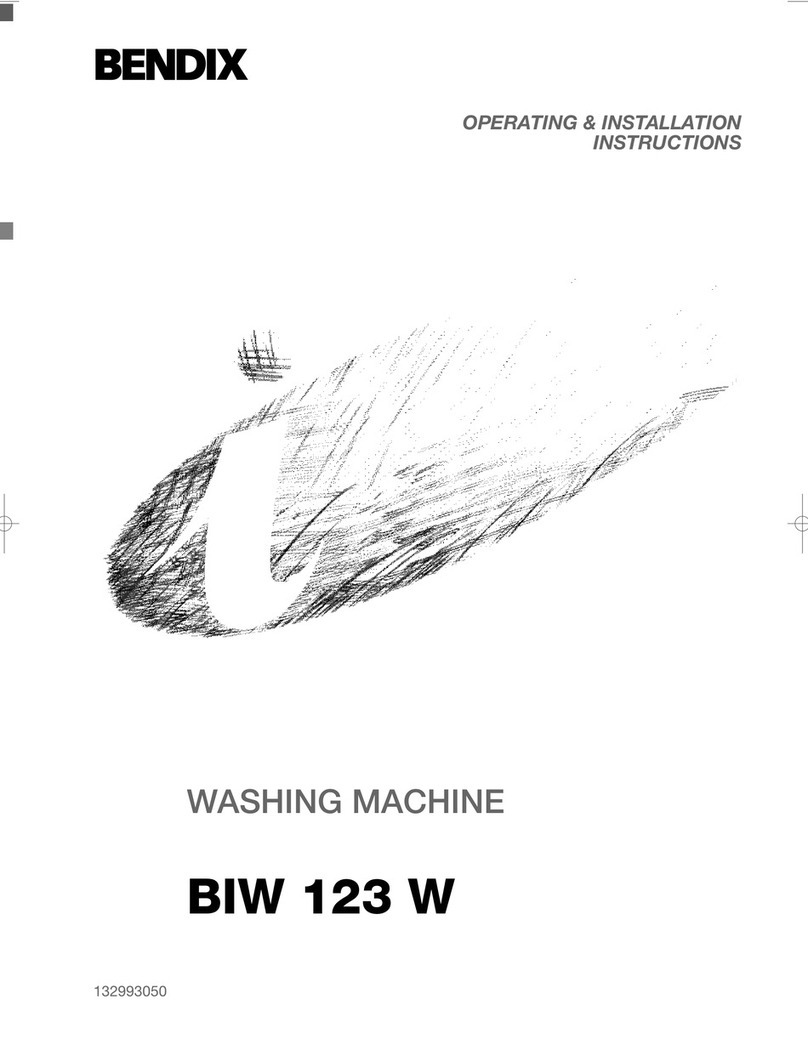
Tricity Bendix
Tricity Bendix BIW 123 W Product guide
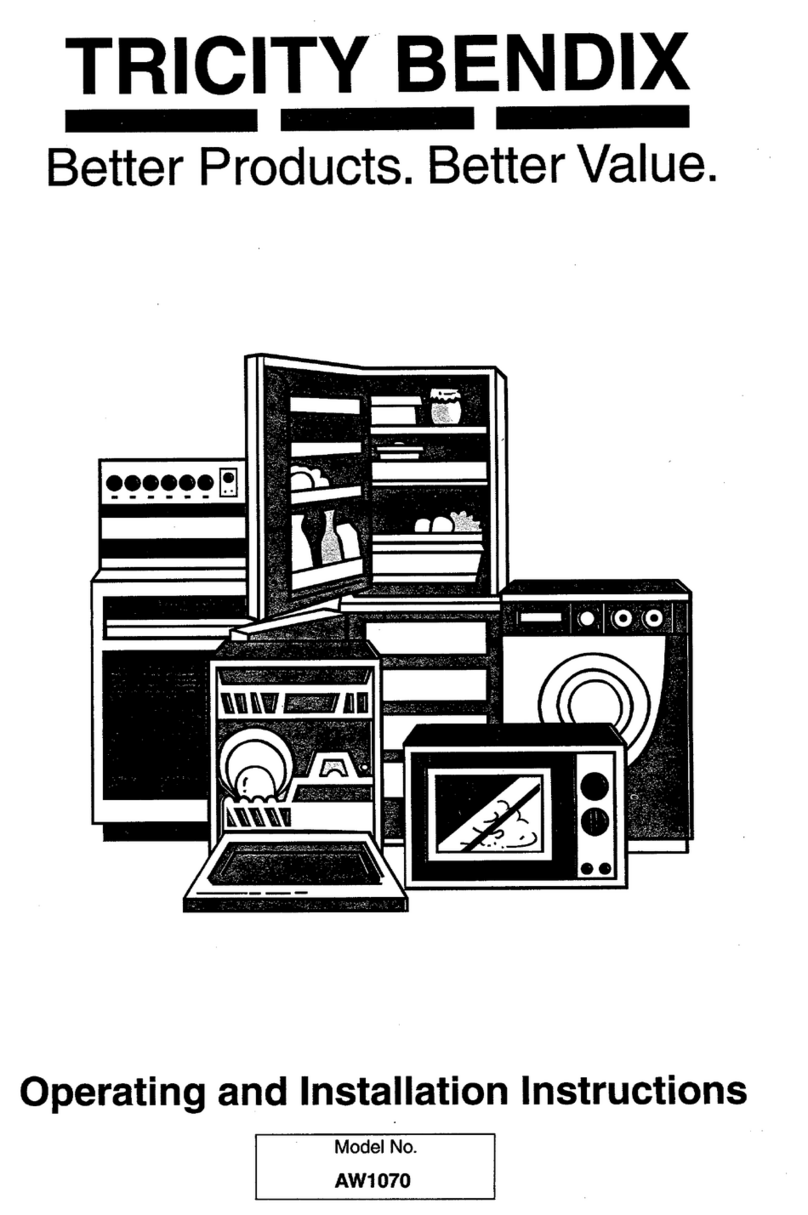
Tricity Bendix
Tricity Bendix AW1070 Specification sheet
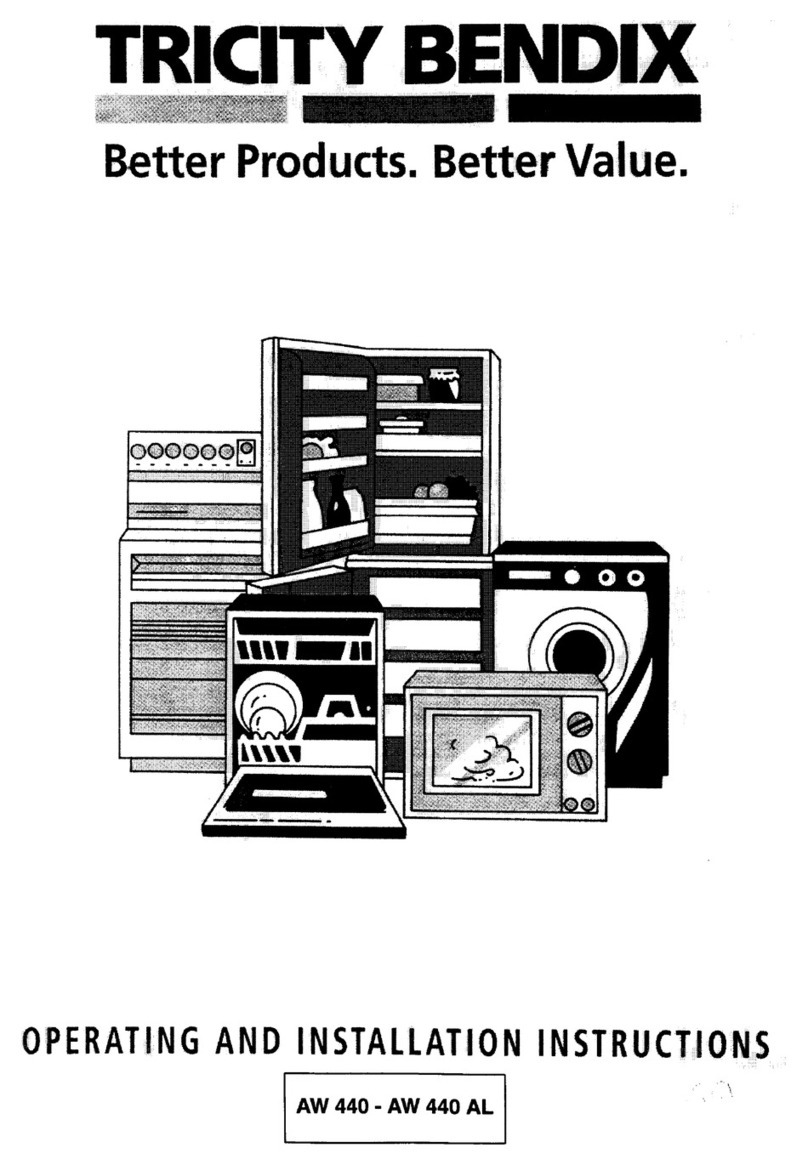
Tricity Bendix
Tricity Bendix AW 440 AL User manual
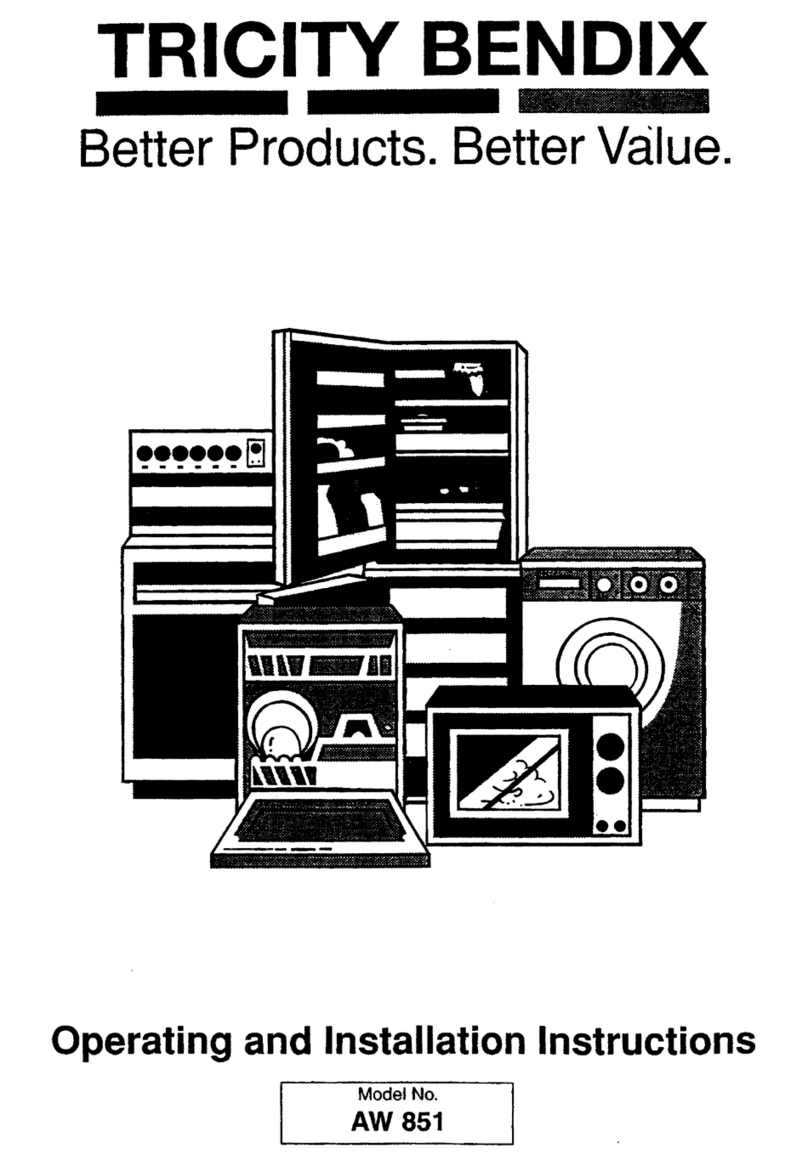
Tricity Bendix
Tricity Bendix AW 851 S Specification sheet

Tricity Bendix
Tricity Bendix AW850 Specification sheet
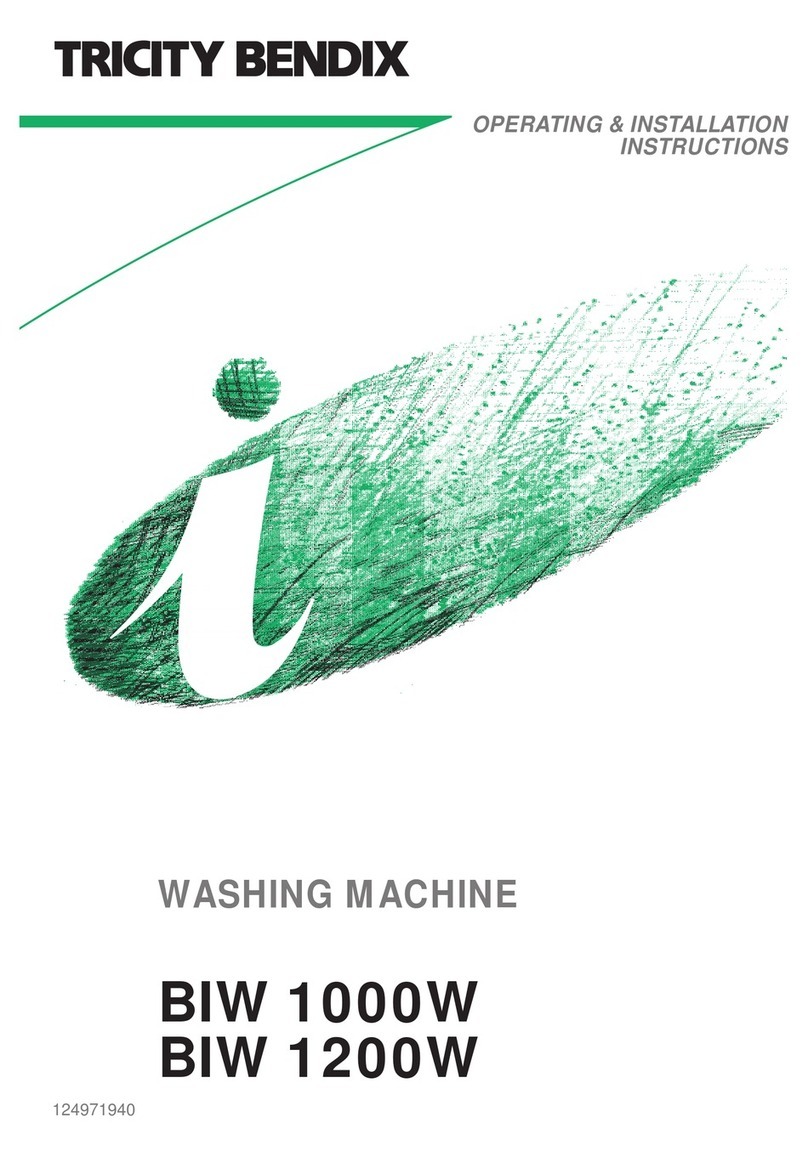
Tricity Bendix
Tricity Bendix BIW 1000W Product guide
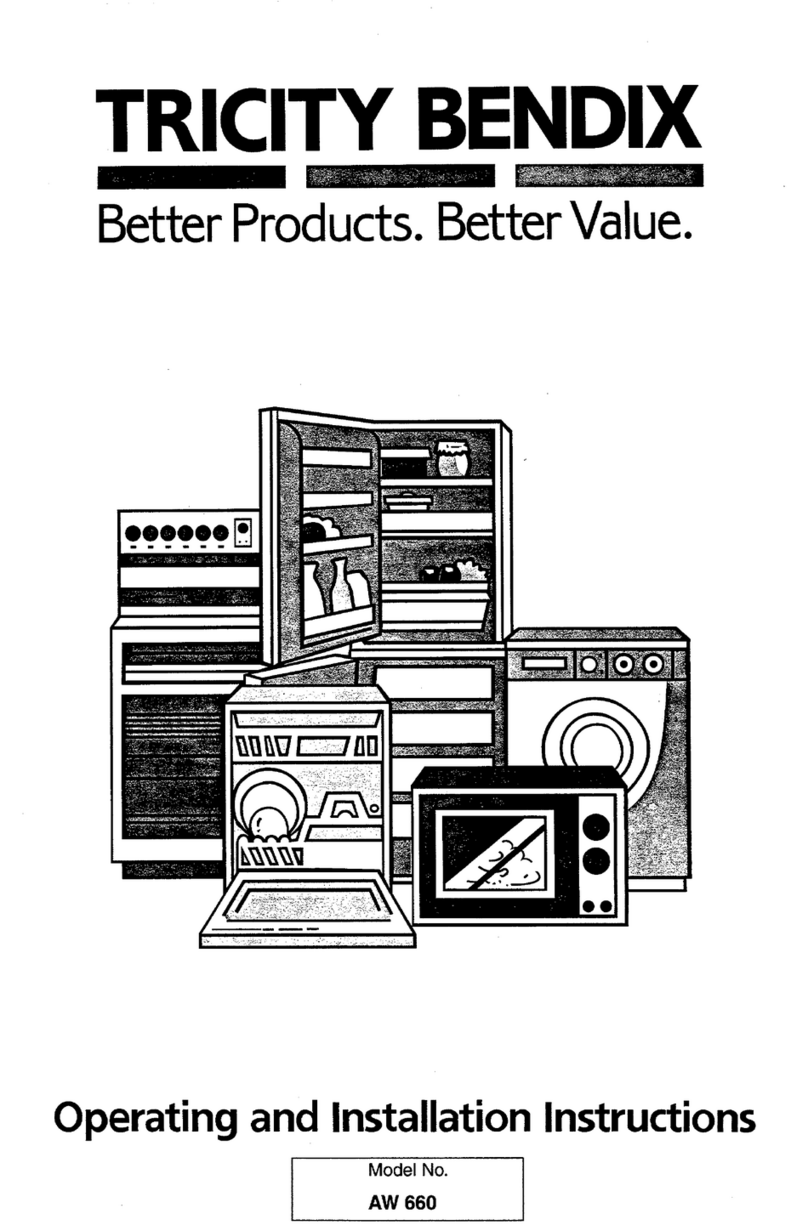
Tricity Bendix
Tricity Bendix AW660 User manual
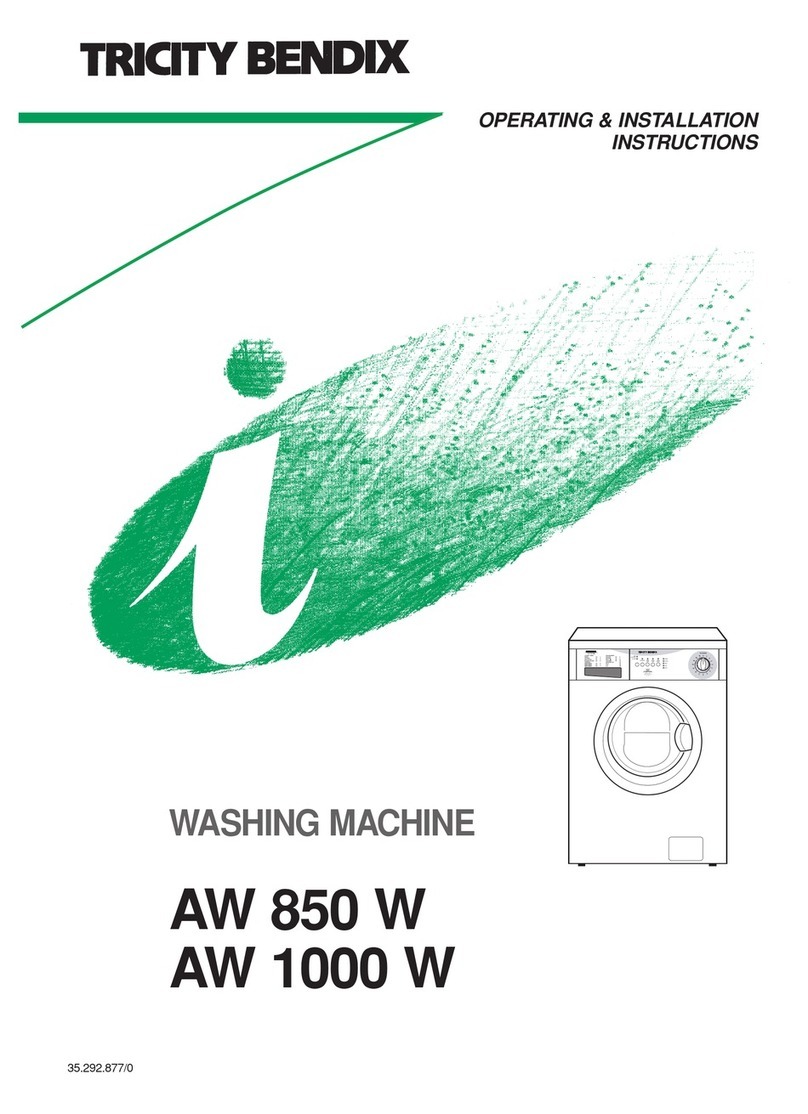
Tricity Bendix
Tricity Bendix AW 1000 W Product guide

